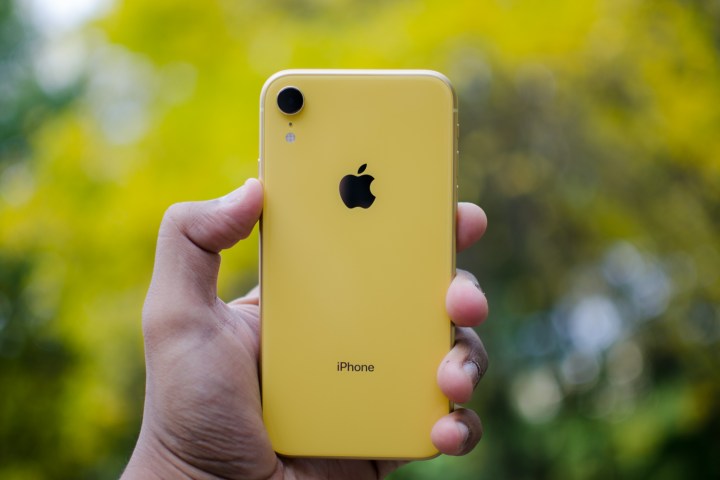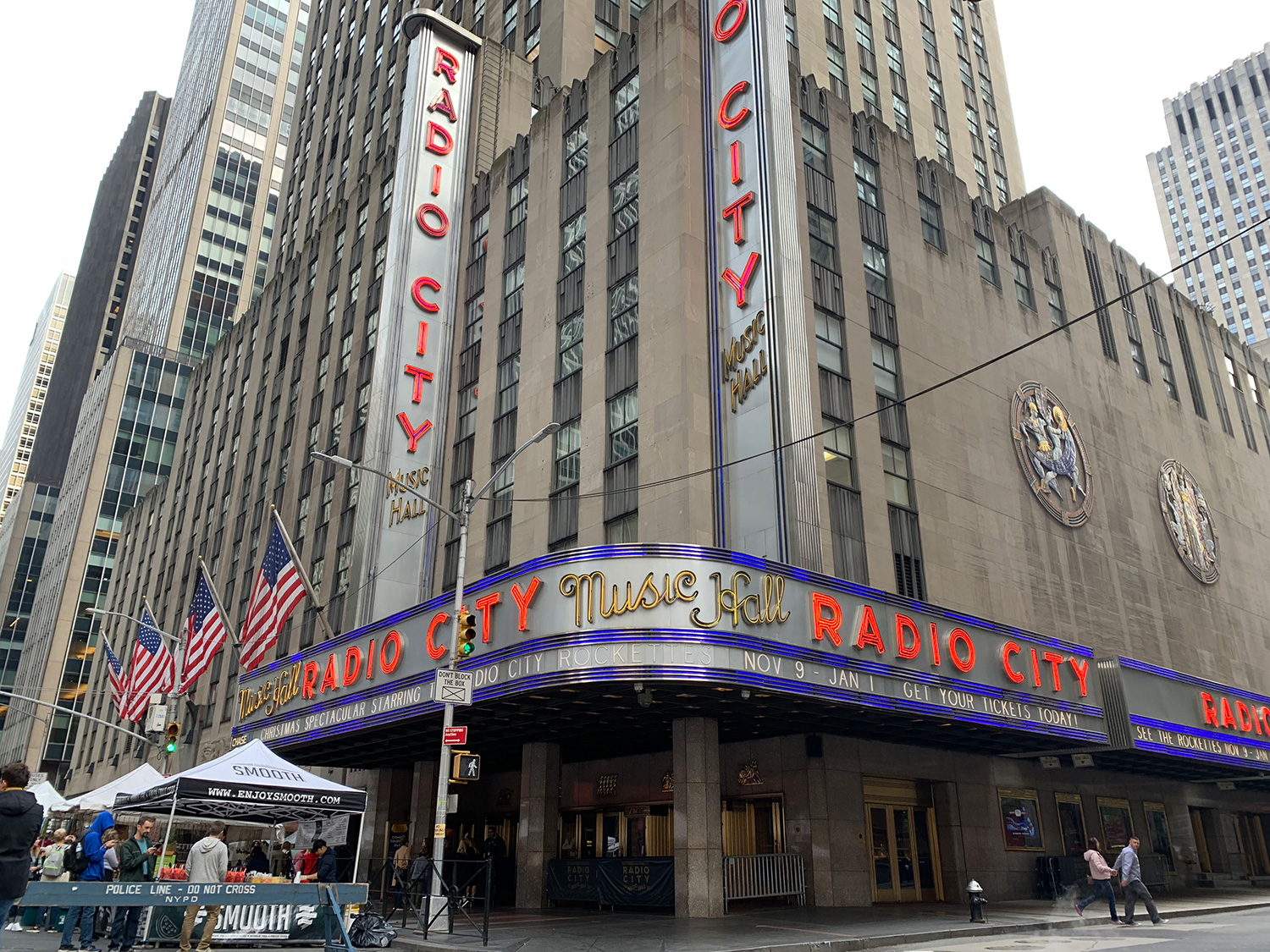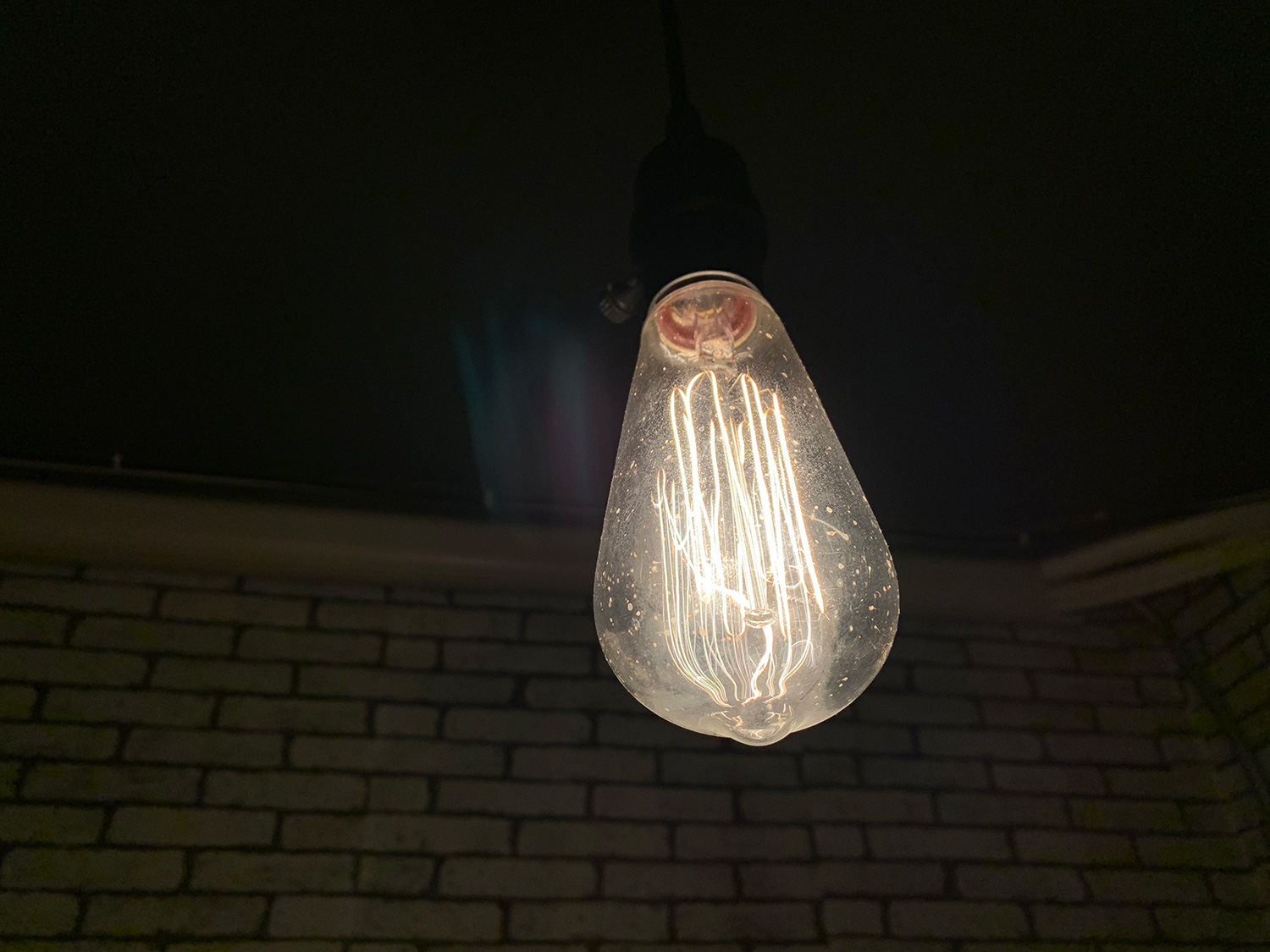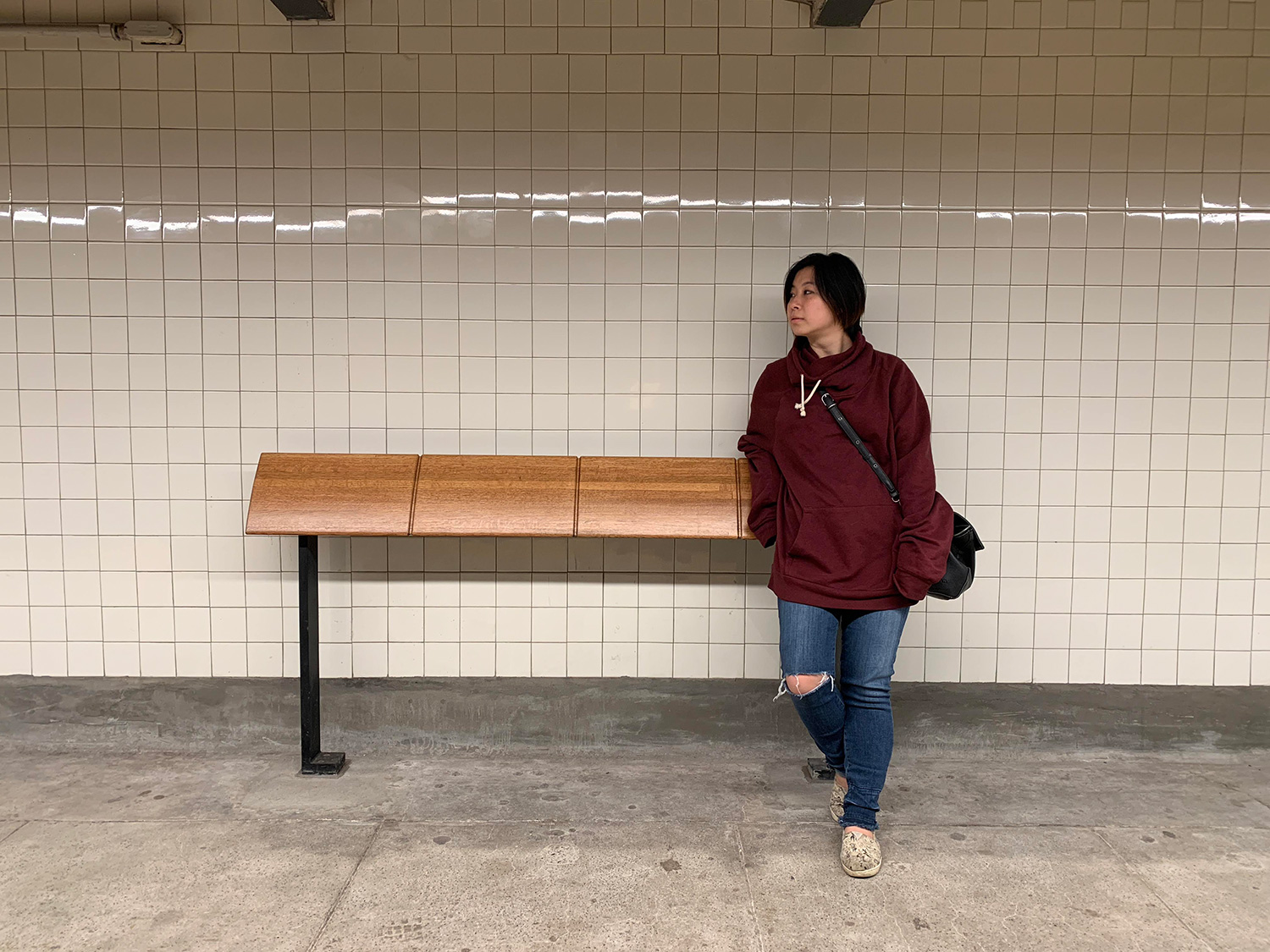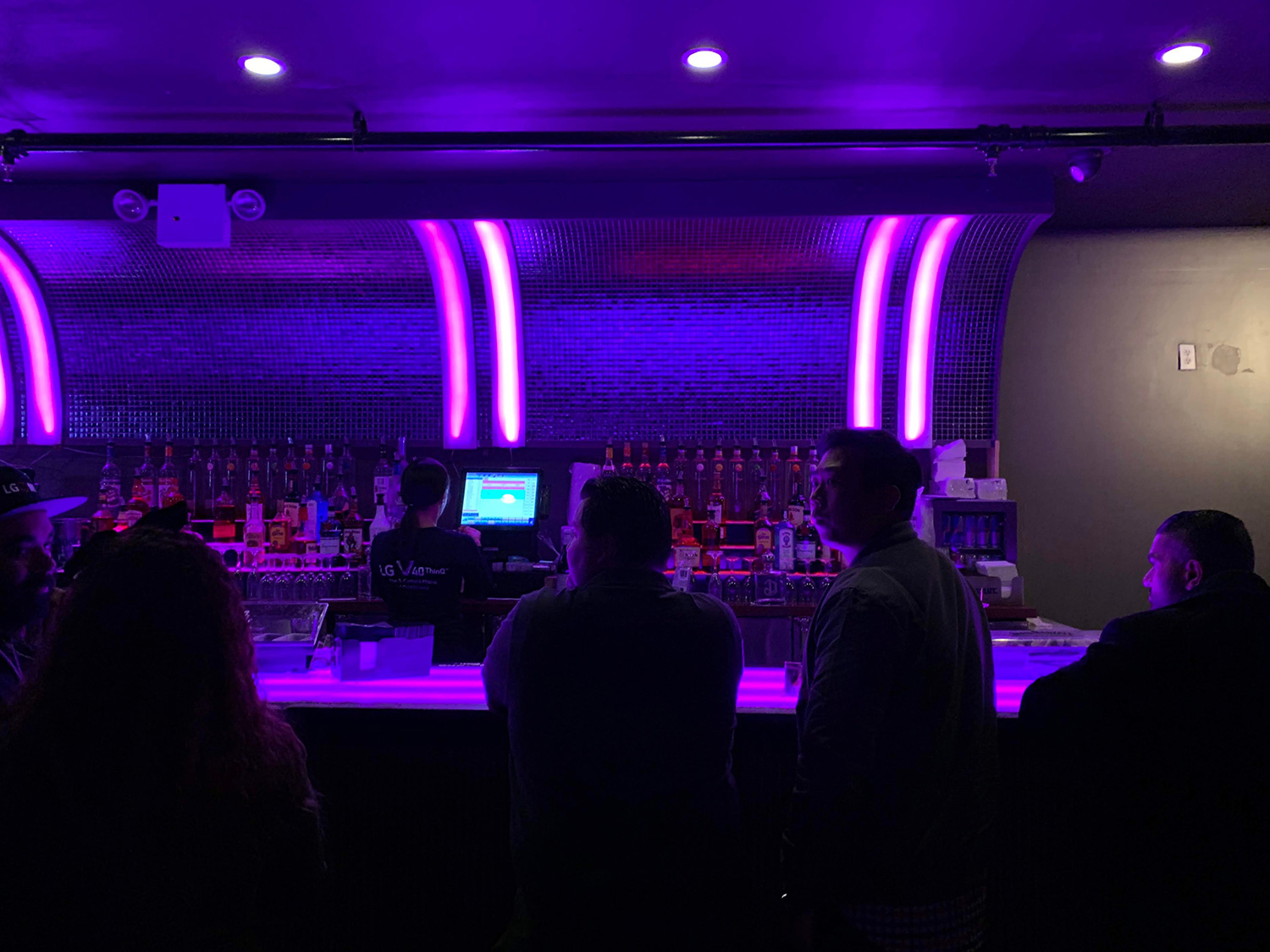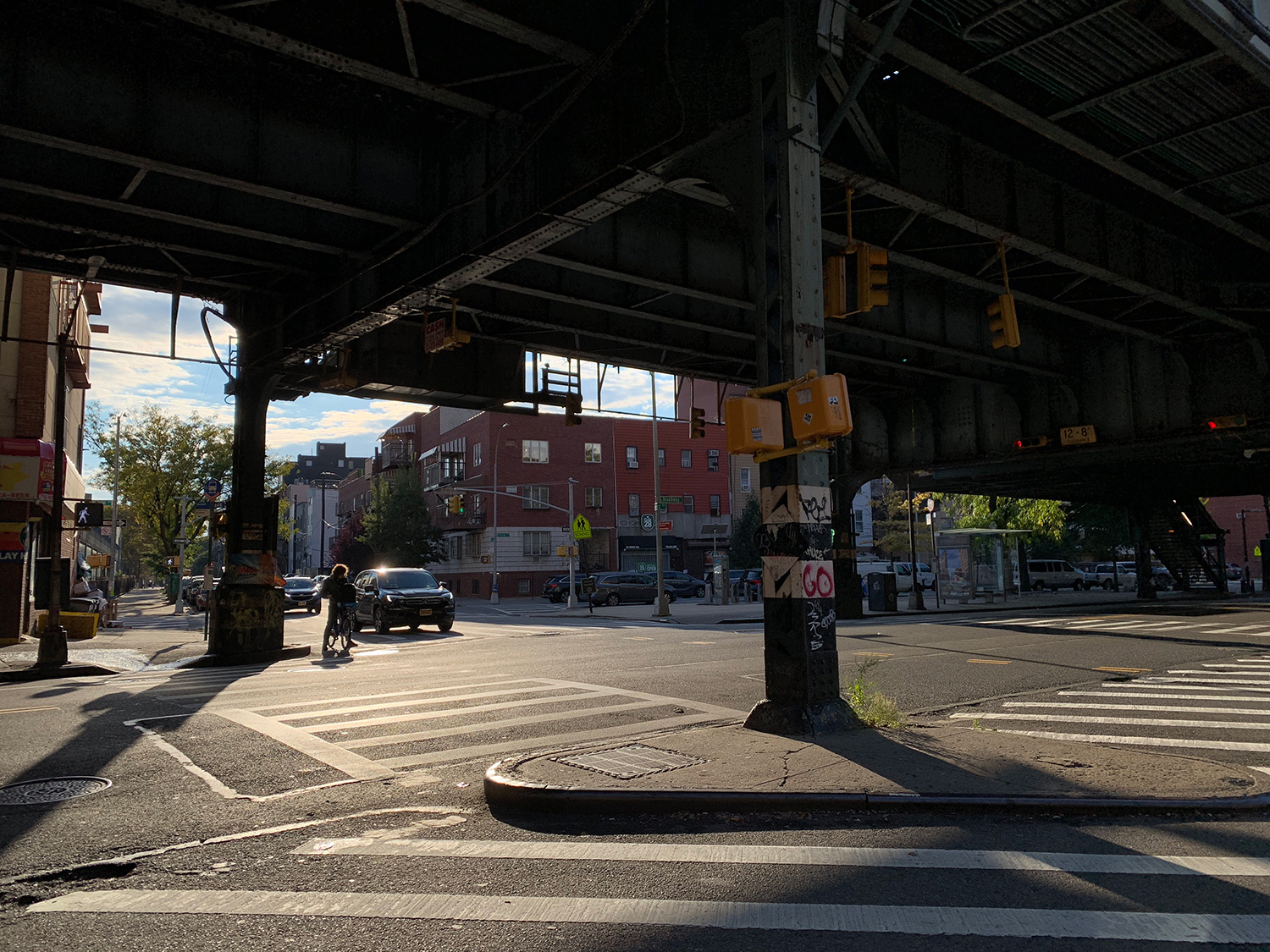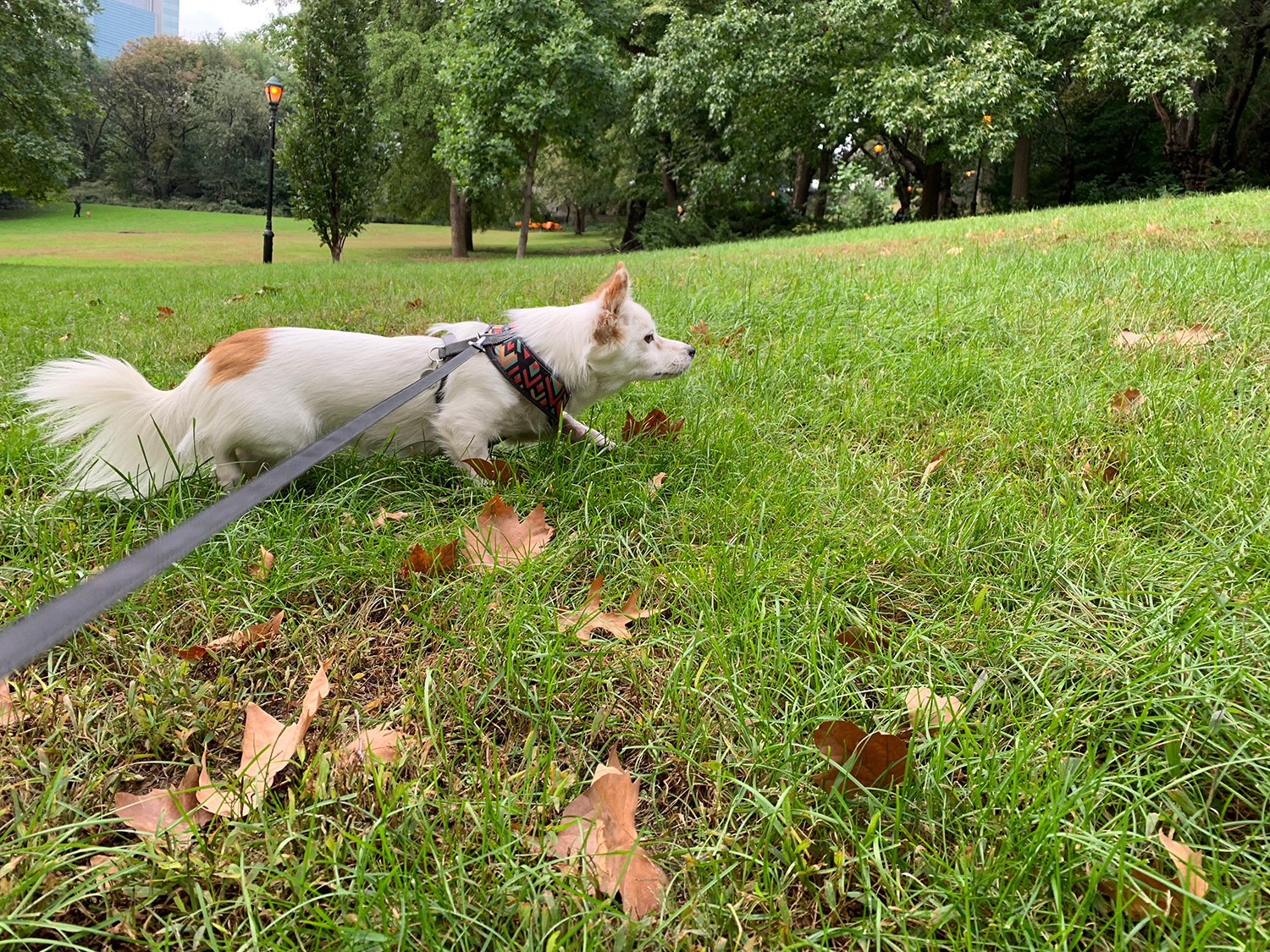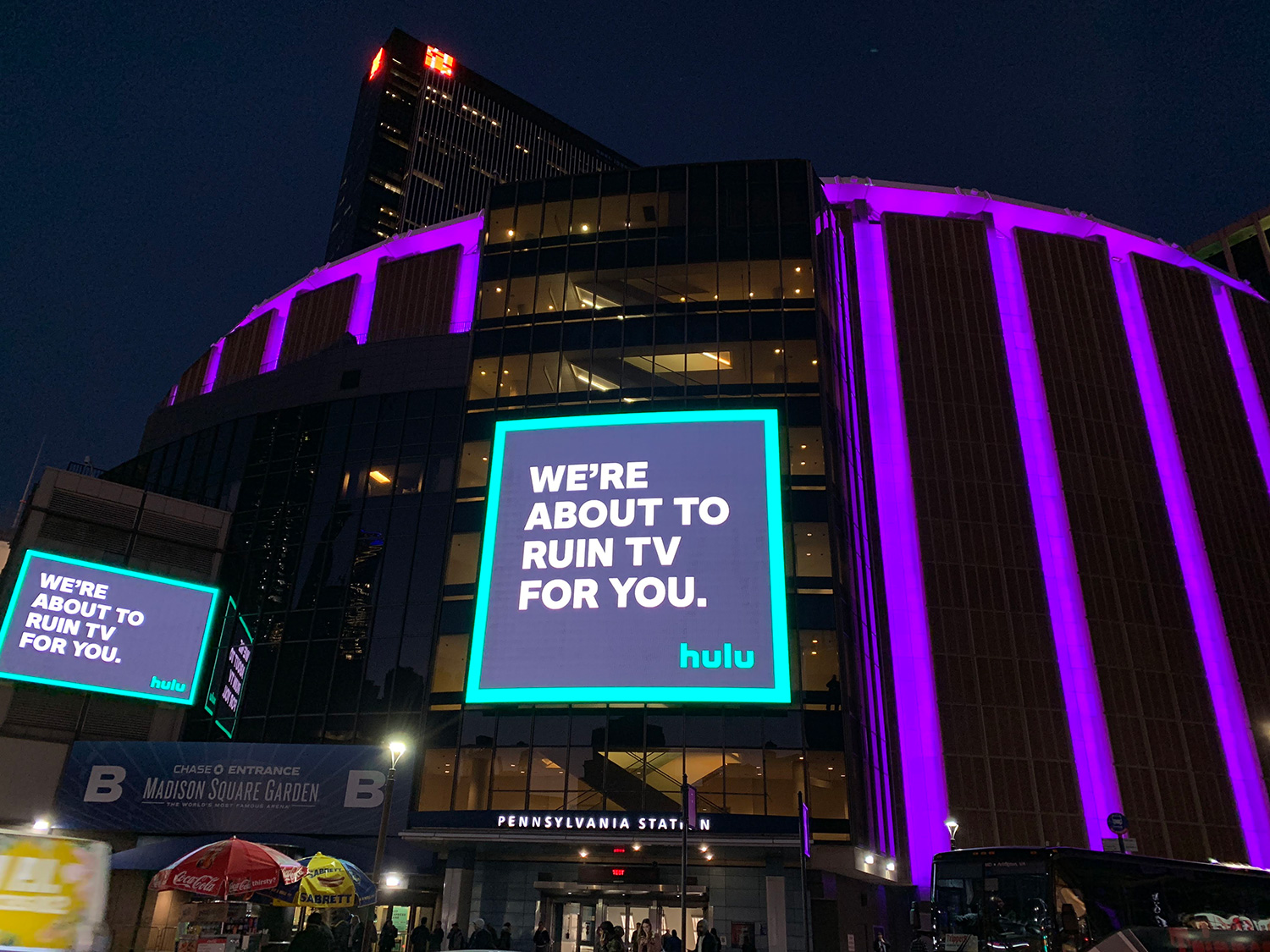“The iPhone XR is a solid choice if you want what flagship iPhones offer, without the flagship price.”
- Gorgeous, colorful design
- Day-long battery life
- Great performance
- Strong camera
- Easy to use software
- Screen resolution could be higher
- Portrait Mode limited to people
Editor’s note: Apple has released the iPhone 12, which is now available for purchase. The iPhone 12 is successor to the iPhone 11, which is itself the successor to the iPhone XR. It improves camera quality and performance, but comes at a slightly higher $799 MSRP. We don’t recommend buying the iPhone XR anymore. Instead, if you want to save money, consider buying an iPhone 11, or the $400 iPhone SE. Here’s our list of the best iPhones you can buy.
The iPhone XR is the best iPhone of the year. Yes, the iPhone XS and XS Max have better screens and more versatile cameras, but neither of them look as gorgeous as the XR in yellow, blue, or coral. The iPhone XR (pronounced “ten-R”) is also significantly more affordable and carries many of the best features from the flagships. It’s an unquestionably superb value at $750.
Colorful design, solid screen
We can’t stop holding the iPhone XR the wrong way ‘round. Sure, the screen is a window to our apps and notifications, but it’s the brilliant, bright yellow color on the back that makes us smile every time we pull this phone out of our pocket. We feel like Gollum, constantly admiring the beauty of the one ring. It’s perfection.
If you’re buying the iPhone XR — and you should — we can’t fathom the idea of going for the black or white colors. For the first time since the iPhone 5C, you’re getting rich, colorful choices from Apple — red, blue, yellow, and coral, on top of black and white. This is a phone you’ll want to flaunt, and we strongly encourage going for the yellow, blue, or coral colors. The Product(Red) color looks good too, but we’ve seen it many times already, so it doesn’t feel as special. The colors also mask any fingerprints that gather on the glass back.
The edges around the phone are aluminum — a step down from the stainless steel in the iPhone XS and XS Max — but the color here is more metallic, providing a nice, complementary two-tone look. The buttons are clicky, as usual.
The iPhone XR looks a lot like the iPhone 8 from the back with its single-camera lens, but flip it over and it you get the full iPhone X treatment. There’s a notch, no home button, and an edge-to-edge screen for the most modern iOS experience you can get at this price. The differences between the XS are noticeable here, as the black bezels around the screen are thicker. Still, the bezels aren’t so large that they bulk up the device.
We feel like Gollum, admiring the beauty of the one ring. It’s perfection.
That’s good, because the XR has a large 6.1-inch LCD screen with 1,792 x 828 resolution. Apple calls it the Liquid Retina Display, and while the screen resolution may sound a little low, it looks sharp at the distance you typically hold your phone. Look closer and pixels will start to be visible. We think Apple could have added at least a 1080p screen here — you’ll hardly find an Android phone in this price range with such a low-resolution screen. Even the $530 OnePlus 6 has 2,280 x 1,080 resolution.
That said, it’s difficult to find much else wrong with the display. Black levels aren’t as deep as the OLEDs on the XS and XS Max, but they’re close. The screen is colorful, and it’s plenty bright enough for use outdoors. We think the screen will be good enough for most people, but it’s among the XR’s few shortcomings.
The iPhone XR does have the advantage of being the perfect size for people who find the XS too small and the XS Max too big. At 6.1 inches, it sits right in between the flagships (slightly smaller than Samsung’s Galaxy S9 Plus). It’s not as easy to use one handed as the 5.8-inch iPhone XS, but we can still reach most parts of the screen. And it’s not as cumbersome as the 6.5-inch XS Max, which is undoubtedly a two-handed phone.

Face ID is the primary way you will unlock the phone, and it works just as fast as on the iPhone XS. At the $750 price range, it’s one of the few facial recognition tools you can use to log into secure apps. There’s not a lot of competition here on the Android side, though that may be starting to change.
The stereo speakers on the iPhone XR are loud and sound good, though the audio is not as dynamic or robust as the sound coming out of the speakers from the Razer Phone 2. You’ll be satisfied listening to them if you’re in a quiet room, but they will struggle outdoors if it’s noisy. There’s no headphone jack, and Apple has also decided not to include the 3.5mm headphone jack adapter in the box anymore. You can opt for the included Lightning EarPods, which don’t sound great, or shell out for wireless earbuds or headphones.
Great performance, and iOS 12 is fluid
The iPhone XR is powered by the same chipset inside its more expensive siblings, the A12 Bionic, though it comes with less RAM (3GB instead of 4GB). We’ve yet to see it run into performance issues. The processor makes iOS 12 fluid to operate, and had no problem swiftly swapping through multiple apps. Games like Alto’s Odyssey and Tekken, as well as ARKit 2.0 games like AR Robot, run flawlessly.
- Geekbench 4 CPU: 4,703 single-core; 11,065 multi-core
In Geekbench 4, the iPhone XR rightly scores just under the iPhone XS and XS Max, but it’s faster than any Android smartphone we’ve tested to date. This phone can tackle almost anything you throw at it.
This is a phone you’ll want to flaunt.
We’ve taken a close look at iOS 12, but the iPhone XR is the first time Apple is bringing several new features that debuted on the iPhone X to a lower price point. For example, you can create Animojis or Memojis in iMessage thanks to the TrueDepth camera. There’s no home button, so you will need to get used to the gesture navigation system, which is among the best available on a phone.
The XR does not feature 3D Touch, but Apple has replicated this with a feature it calls Haptic Touch. 3D Touch on the iPhone XS allows you to utilize the pressure-sensitive display to press and hold down on certain parts of the user interface to reveal more actions. For example, pressing and holding down on an email notification would pull up the ability to mark it “Done.” Haptic Touch is more limited. It only works in select areas, such as the Control Center — when you want to expand a tile — or on the lockscreen if you want to quickly toggle the flashlight on or off. How much you’ll miss 3D Touch depends entirely on how much you use it, and we suspect most people don’t use it frequently.
Check out our iOS 12 guide to read up on all the new features introduced in the latest version.
Strong camera
The iPhone XR has the same main camera on the back of the iPhone XS — a 12-megapixel lens with a f/1.8 aperture and optical image stabilization. It can shoot 4K 60 frames-per-second video, can record stereo sound, packs Smart HDR, and for the first time you can use Portrait Mode without the need for the secondary lens.
We’ve tested the improvements of the iPhone XS main camera over the iPhone X, and while they’re not radical, groundbreaking changes, Smart HDR does give the new camera the edge. That feature helps with high-contrast scenarios, minimizing blown out lights or skies and brightening up the foreground to make it visible. It works as advertised on the iPhone XR, producing excellent photos in extreme lighting conditions, though it doesn’t quite match the quality of HDR+ on the Google Pixel 3.
Like the more expensive iPhones or flagship Android devices, the camera app has nearly zero shutter lag. That helps capture detailed, well-exposed photographs that retain strong color. It holds its own in low-light scenarios too, though you need to make sure you stay still to prevent a blurry photo.
- 1. Portrait Mode Selfie.
- 2. Portrait Mode.
- 3. Portrait Mode.
- 4. Portrait Mode Selfie.
We do miss the telephoto lens included on the iPhone XS and XS Max. The 2x optical zoom lets you take shots that won’t look as good digitally zooming in on the iPhone XR. Going back to a single-lens camera forces us to change the way we take some photos, physically moving closer to the subject instead of standing at a distance. The lack of the secondary lens also affects Portrait Mode, which lets you take photos of a subject with a blurred effect behind them, mimicking a DSLR. We’re quite happy Portrait Mode is available on the XR, as it’s the first time Apple has included it on a single-lens camera phone. Portrait Lighting is also available, but there are only three choices as opposed to the five on the XS — Natural, Studio, and Contour.
The iPhone XR doesn’t zoom in to take Portrait Mode photos like the XS, giving you more room to work with. It’s not as accurate as the XS and XS Max, but we’ve been impressed so far. In low light, its photos weren’t as grainy as the iPhone XS.
However, Portrait Mode only works on people, and that’s disappointing. On the iPhone XS, Portrait Mode can work on food, people, objects, pets, and almost anything. The XR camera, however, uses this mode partly with the help of artificial intelligence and neural nets. It’s trained on identifying a face, and that’s why it’s capable of outlining people so accurately. When you try to take a portrait photo of a dog or an object, the camera will say, “No person detected,” and it won’t even try. Google’s Pixel 3 smartphone has a single-lens camera and does a darn good job of using Portrait Mode on a variety of subjects. We’re hoping Apple can expand Portrait Mode on the XR to be a bit more versatile over time with software.
The front-facing camera is the same TrueDepth camera system as the iPhone XS, so you’ll be able to take excellent Portrait Mode selfies here. It even worked with our dog. This 7-megapixel camera snaps great shots in standard mode, as well.
While the iPhone XR’s camera isn’t as versatile as the iPhone XS or XS Max, it’s still top-notch, and the photographs it captures are excellent.
Don’t worry about the battery
The iPhone XR’s battery won’t give you anxiety. It’s a 2,942mAh unit, and we frequently ended a work day with around 50 or 45 percent remaining by 6:45 p.m. That’s taking it off the charger around 7 a.m., and using the phone for browsing the web, taking pictures, streaming music, and playing games. On lighter days of use, we hit 35 percent by 9:42 p.m. This phone will easily get you through a full day, and it may be able to stick around for a few hours the following day if you forget to charge it.
The iPhone XR’s battery life won’t give you anxiety.
This day-long battery life is on par with other phones on the market like the Galaxy S9 Plus, and it even beats out the iPhone XS Max and iPhone XS. It easily lasts longer than Google’s Pixel 3 and 3 XL, which struggle to endure a day of moderate to heavy use.
It supports fast-charging, but the appropriate cable isn’t included, sadly. You can also wirelessly charge this iPhone, just like you can with the XS series and last year’s iPhone devices.
Price, availability, and warranty information
The iPhone XR starts at $750, and it’s available now. You can check out our buying guide for the best deals and prices.
Apple offers a one-year limited warranty that protects the device from manufacturing defects. You can purchase AppleCare for additional protection.
If you still want something that’s easier on your wallet, there are also some discounted options to choose from in our best iPhone deals and smartphone deals lists.
Our Take
Unquestionable superb value — that’s the iPhone XR. It may be missing a few features, but this is the iPhone that will make others yellow, blue, or coral with envy. The colors are stunning, battery life is great, Face ID is still industry-leading technology, iOS gestures are intuitive, the camera is superb, and performance is fantastic. This is the iPhone to buy.
Is there a better alternative?
Editor’s note: Apple has released the iPhone 12, which is now available for purchase. The iPhone 12 is successor to the iPhone 11, which is itself the successor to the iPhone XR. It improves camera quality and performance, but comes at a slightly higher $799 MSRP. We don’t recommend buying the iPhone XR anymore. Instead, if you want to save money, consider buying an iPhone 11, or the $400 iPhone SE. Here’s our list of the best iPhones you can buy.
Yes. If you want all the bells and whistles, buy the iPhone XS or iPhone XS Max. When you compare them, the iPhone XS and iPhone XS Max are more expensive, but you gain better build quality, a nicer and sharper screen, as well as a more versatile camera. If $750 is too high, Apple is still selling the iPhone 8 and iPhone 7 at discounted prices, and they’re excellent phones, though not as futuristic. You can read up on our comparison of the iPhone 8 and iPhone 7 to know more.
Over on the Android side, you’re spoiled for choice. Our pick, however, is the Google Pixel 3. It’s $50 more, but you gain a slightly better camera, excellent software with fast updates, and a high-resolution screen.
How long will it last?
Apple’s iPhones usually last four to five years, if not more. The iPhone XR is IP67 rated, instead of IP68. That means you can take it underwater up to 1 meter for 30 minutes, and no more. While Apple says it’s the most durable glass on the back and front, it’s wise to buy a case to protect the phone. Apple is selling a clear case for the iPhone XR, in case you don’t want to hide the gorgeous, colored body.
Expect to get software updates for the next four to five years. The iPhone 5S, which released in 2013, is the oldest iPhone capable of running iOS 12, so you’re getting a good deal of longevity out of your device.
Should you buy it?
Absolutely. Buy it in yellow. You won’t be disappointed.


